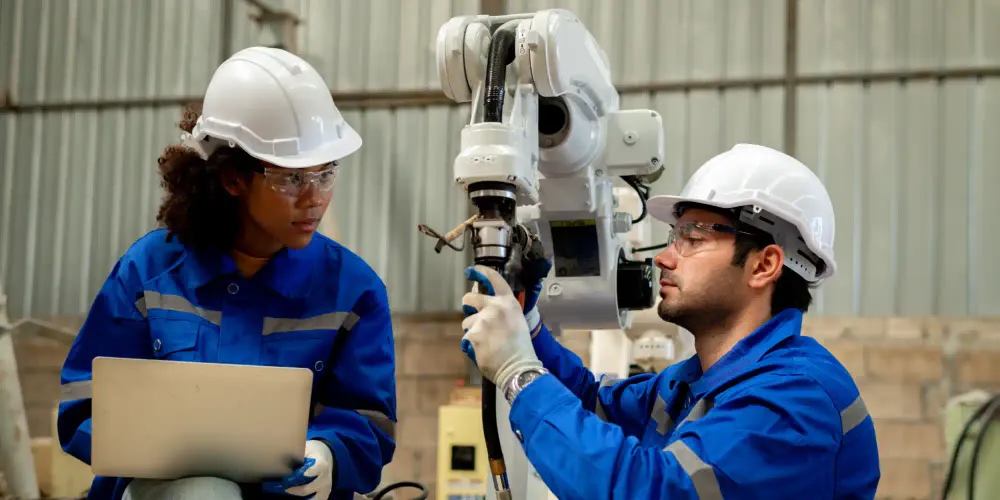Issue 69 • Week of May 14, 2023
The last flight of the Saturn V rocketed America's first space station, Skylab, into orbit 50 years ago this week. Among the many discoveries we can credit to NASA for this scientific achievement is the neutral body posture for how human muscles relax without any external forces such as gravity. NBP went onto inspire everything from car seats to office furniture.
Sadly, even after five decades since these new insights into ergonomics and the first modern desk chair, a quarter of Americans still live in pain which is a drain on productivity as the leading cause of employees taking sick days. In fact, companies reported 2.3 injuries per 100 full-time staff in 2021. We then go to the doctor and spend $380 billion in search of relief from aches in our backs, necks, joints, and limbs.
Word is starting to get around that patients should avoid the risks of opioid pain relief medication when possible due to the high likelihood of addiction, but that does not solve the problem. Unfortunately, most doctors recommend the wrong regimen because our insurance steers them to less effective methods. Staying active and improving breathing is proving better than the traditional prescriptions of rest, surgery, or injections.
We must also look toward prevention. Much of that responsibility falls on employers because adults typically spend at least half of their waking hours during the week earning a living. However, we are still dealing with an outdated understanding of our workplaces that has a direct impact on our health. Labor has been categorized for the past century by clothing: white collars for management or blue collars for manual jobs.
Today, a more relevant split might be whether staff are expected to sit or stand. Neither in excess of four hours per day is good for your health as they can both cause back pain among other problems. You may have heard that sitting is the new smoking, but standing all day is even worse: employees who are forced to remain in place on their feet are twice as likely to develop heart disease than those who can take a seat.
We must stretch our expectations to reach a better balance at work.
How can employers improve employee posture to prevent pain and workplace injuries?
This content is only available to members
Sign up for free to read the potential solutions for this topic and find out what you can do today for a better tomorrow or pre-order our second book that will compile 100 issues on making a difference.
Unlock contentAlready have an account? Sign In



